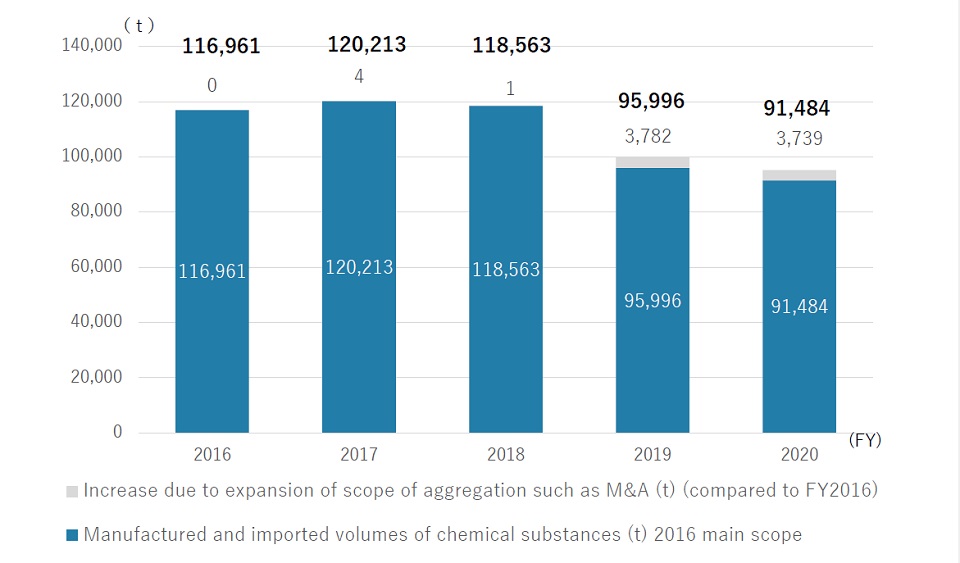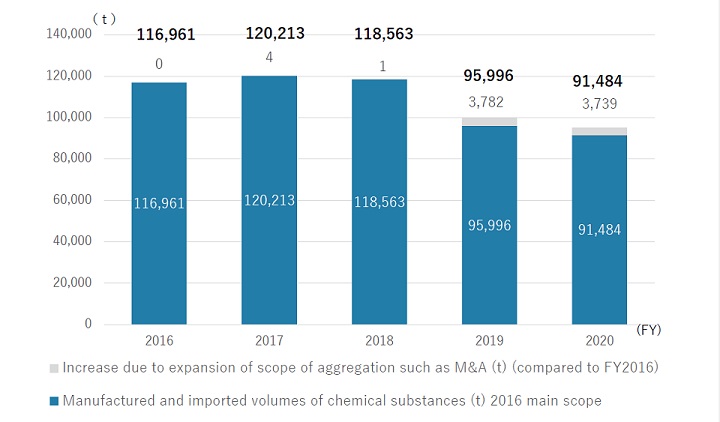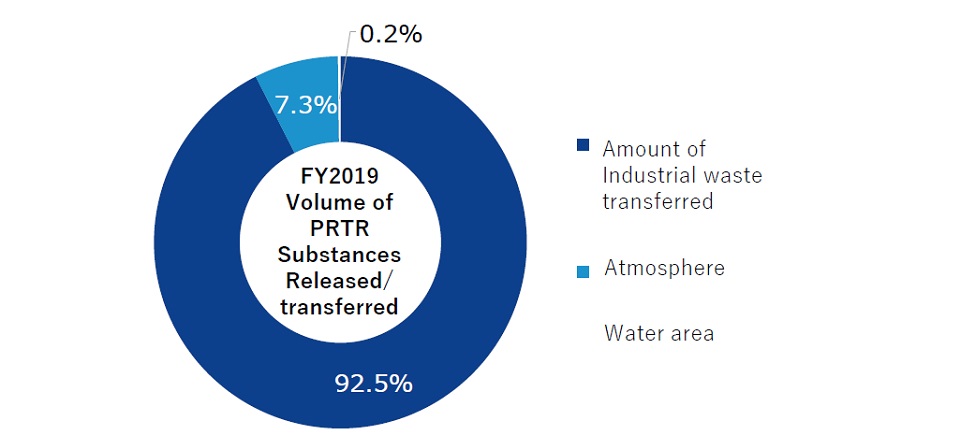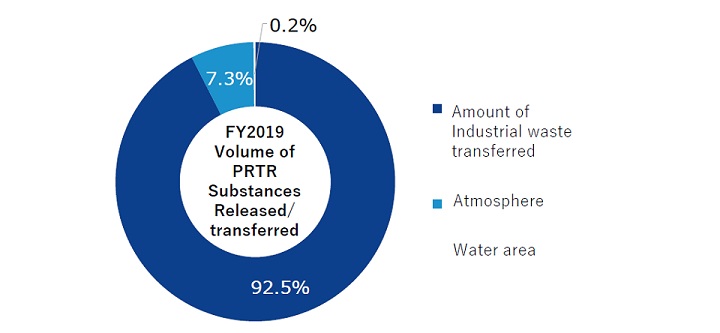Since its founding, the Air Water Group has developed its business by utilizing global resources such as air and water. We recognize that maintaining the global environment is indispensable to the sustainable development of our companies. In keeping with the Air Water Group Environmental Vision 2050, the entire group has been taking steps to reduce its environmental impacts and protect the environment.
Conservation of biodiversity and sustainable use of natural resources are important global issues as well as essential measures in the battle against climate change. The Air Water Group is working to conserve biodiversity as part of the effort to contribute to the emergence of a sustainable society. Toward this end, we have adopted the following action guidelines.
1. Recognizing that conservation of biodiversity is an important issue on the path to establishing a sustainable society, we will monitor our impact on biodiversity and continue to make efforts to reduce this impact.
2. We will strive to develop environment-friendly products and technologies. We will contribute to the conservation of biodiversity through the provision and popularization of these products.
3. We will widely promote the importance of biodiversity conservation through educational activities for employees in addition to promoting voluntary initiatives. Through our steps to communicate with local communities, we will revitalize the efforts to focus society as a whole on the conservation of biodiversity.
At the Air Water Group, among other uses, water is used as a coolant in our manufacturing processes and as a key ingredient in our soft drinks, and is thus essential to our businesses. In addition to the recycling of water resources within our processes, we analyze water quality following its use and only drain the water if it is safe to do so.
.jpg)
With regard to our consumption of water resources excluding seawater in fiscal 2020, our agriculture and food business was our largest consumer. The main use in the agriculture and food business is as a raw material for the Group’s soft drink plants. The Air Water Group also uses water as a coolant for equipment.

Gold Pak’s Eniwa Plant
Gold Pak Co., Ltd., a member of the Air Water Group, is a major pillar in the production of soft drinks under contract from beverage manufacturers. The company provides a wide range of soft drinks packaged in PET bottles, cans, and paper packs. While the company uses a large volume of groundwater to produce these soft drinks, it continues to find ways to make effective use of our precious water resources.
In February 2020, the Eniwa Plant of Gold Pak updated its PET bottling line to use an aseptic filling method to replace the conventional hot filling method. During the plant renovation project, employees selected equipment that uses less water and implemented water-saving measures such as recycling of cooling water. The plant succeeded in reducing the amount of water consumed per metric ton of product by 52% compared to fiscal 2018 levels.
At the Matsumoto Plant, six initiatives were undertaken to improve the operation of the condenser cooling water, a process essential to agricultural processing. In 2021, the plant succeeded in reducing this amount by 25% compared to fiscal 2018 levels. Apart from that, it utilizes water resources in a waste-free manner through efforts such as employing the groundwater used for air conditioning to cool products.
We remain dedicated to promoting our corporate objectives in harmony with nature by making effective use of our precious water resources.
Since November 2021, while making continued donations to the National Land Afforestation Promotion Organization’s Green Fund, we have engaged in forest conservation activities at the Azumino Air Water Forest, which we created in a part of the city-owned forest in the Horigane region of Azumino in Nagano Prefecture.
At the nearby Azumino Biomass Energy Center, in addition to using unused wood from surrounding regions for small-scale biomass power generation, we use the heat and CO\( \sf _2 \) released in the process for tomato cultivation, operating a resource-recycling energy supply system.
In promoting businesses that make effective use of resources unique to rural regions like Azumino, we recognized that protecting forests and raising saplings can help to create a sound material-cycle society and revitalize rural regions. As a result, we determined to proactively go about creating “recycling forests.” Having signed a cooperative agreement with Azumino City and the National Land Afforestation Promotion Organization, we will work with local communities to protect forests and regenerate satoyama districts.
Moving forward, we will extend our Air Water Forest activities to business sites across Japan and promote environmental protection activities while rooting ourselves in local communities.
The Air Water Group keeps track of the amounts of chemical substances manufactured and imported as part of our risk management of chemical substances. We report to the national government the amount of substances manufactured and imported in keeping with the requirements of the Chemical Substances Control Law. In fiscal 2019, the production volume of chemical substances decreased as a result of the transfer of our coal chemical business.


The Air Water Group monitors the amounts of chemicals it releases and transfers. According to the Pollutant Release and Transfer Register Law, businesses that handle one metric ton or more of Class 1 designated chemical substances must notify the government of the amounts of such chemicals released and transferred.
In fiscal 2020, the amount of such chemical substances released and transferred increased due to the greater amount of solvent used in our chemical plants.
Regarding the amounts of chemicals released and transferred, the amounts transferred offsite accounted for 92.5%, and this was outsourced to an industrial waste disposal company. The amount released into the atmosphere was 7.3% and the amount released to bodies of water was 0.2%.
%20(t)960.jpg)
%20(t)720.jpg)



